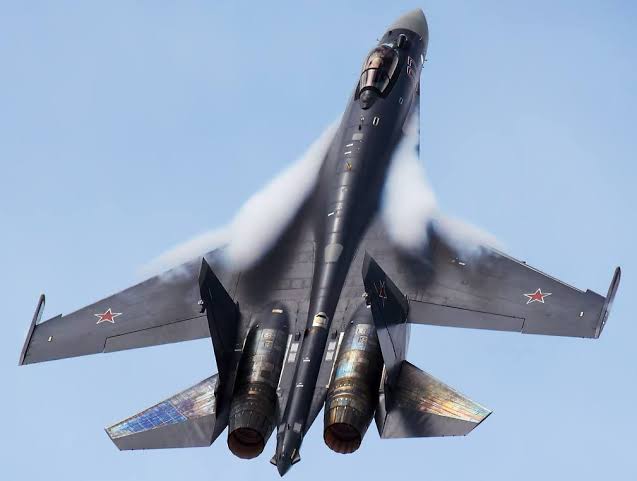DCS Winning The Merge – Live or Die Fast! Crucial to Your Survival!
DCS World is an incredible combat simulator for sure. The merge is where many of us love to start the dogfight and test our dogfighting skills. Flying combat is close and personal plus a test of skill. The merging will dictate much of your success and survivability in a dogfight so it’s imperative to get it right. Let’s look at everything you,need to know to be successful in dogfighting from personal experience on pvp servers in SCS world.
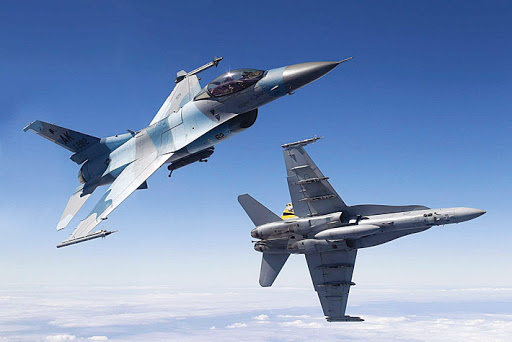
Phases of a Dogfight.
Dogfights no matter if they player vs Player (PVP), or single player against AI you must understand some basic phases of the battle to come.
- Preparation – Speed and weapons ready
- The Merge – Dictates Your Survival.
- One or Two Circle Flow.
- Understand your Lift Vector.
- Managing Closure.
- Instantanious vs Sustained Speed.
- Fights are Multi dimensional.
- The Deck Transition.
- How steep Can I Dive. 10% Rule.
- Be Agressive not Reactive.
- Create Angles and Solve Them.
Preparation: Speed and Weapons Ready.
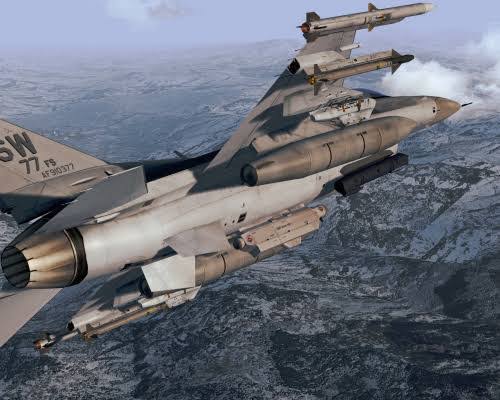
The merge can occur unexpectedly so once you in the air or enter a PVP arena get your jet ready. Select your mode – A/A and then check systems are operating. Weapons selected with either gun ot missiles as required. Master Arm ON! I can assure you many opportunities have been missed by not having this crucial SW ready. You will be tracking a target then pull the trigger on a perfect guns solution and nothing happens. In the real world everything except the Master Arm sw is made ready prior to entering the conflict area. Once pilots select master arm can call weapons hot.
Real World Experience.
YouTubers get this fact wrong all the time with master arm and radars. Turning master arm and the radar on when starting and taxiing is absolutely wrong. I was a weapons/egress systems technician on many 3rd and 4th gen fighters for over two decades and its not done that way.
Realism is Part of the Learning.
Radars are turned on on the runway before takeoff and turned off when landed! This prevents giving ground crew cancer and cooking them. Modern radars are massive microwaves. Very very dangerous if your in front of one and ground crews don’t want to get cooked while helping you launch! Again the master arm goes live as you enter the conflict area and the call is Fence in by the leader.

The Merge – Dictates Your Survival.
OK, this is where you live or die so you have to get it right every time. It’s important to have your systems ready as we have already discussed, but the you want to arrive at your best instantaneous turn speed.
You can find these on energy manouverability charts for all aircraft online. EM DIAGRAMS are not perfect because every added store or missile changes them but a good guide.
Pre Turning – Getting in Position.
On a servers you can start your turn prior to the opponent passing you. Its known as pre turning and its OK in my book. A lot of players do this from below you as well as level. Providing you don’t turn in front or your opponent your good. If you do and they shoot you its your problem not your opponents. Time your turn so you are turning but come behind your opponent.
How to Turn.
The Climbing Merge. This is Deadly!
You must start your turn at your best instantaneous turn speed. In the Hornet its about 460 knots. This merge technique is used by many in PVP and its hard to defend against if you don’t mirror the opponent at the merge. The Climbing Merge has to be done correctly to give you altitude and attitude enabling you to get nose on the bandit and kill it fast
The Technique – Climbing Merge.
As you approach a merge pull hard and climb holding the stick full back.
Your speed will take you verical fast but also will rotate your nose through the vertical and back towards your opponent very quickly. Here gravity is your friend and this technique does not work as well horizontally. Gravity will help you get your speed back super fast as your nose drops through the horizon. What happens at the top of the loop manouver is a massive increase your turn rate.
You essentially flip over with massive AoA at the top before pointing down at the bandit. This will leave you above opponents & pointing at them ready to pounce. This vertical merge has got me killed 😫 more times than I can tell you. Its a very efficient use of speed and gravity.
The technique allows the jet to pivot at a crucial point at the top of the apex of the egg shaped loop maneuver. Then you will get the nose down and you can align your weapons with the opponent and kill them. I’m sure you can use this against an opponent that uses this merge technique against them. It will at least equalize your chances. What this technique does is puts you high and in a position of control against your opponent. It’s deadly.
One or Two Circle Flow.
One and two circle flows will depend on your aircraft’s qualities as well as your opponents. Aircraft like the Mirage and F-18C have amazing AoA abilities allowing them to turn and point their weapons at you fast on a merge. This will have you nose to nose in a fight. This lends to a great one circle fighter.

This does not mean the F-18C can’t rate fight. Far from it having killed more than my share of Vipers in PvP. In fact I’d recommend taking the F-18 two circle against a Mirage as the Mirage is probably better one circle fighters in DCS.
A two Circle fight is nose to tail like a dog chasing you from behind. The F-16 is excellent in this type of fight, so a Hornet would fly one circle as much as possible to kill a Viper. It’s important to fight your fight to win and changing tactics as required. Be flexible and fluid in your approach and be ready for minute opportunities.

Understand your Lift Vector.
Lift vectors are often ignored or not understood by new DCS pilots. The lift vector is the vertical line from your seat to your head extending out of the cockpit. Understanding this will help you enormously in a slow YO YO where your opponent is rolling around your axis trying to force you to overshoot so they can get behind you and kill you.

Ensuring your lift vector is always pointing at the axis of your opponent but pointing behind it will ensure you do not get pushed to overshoot. You should remain in the same plane as your opponent in this situation. If you were to draw a line your lift vector should point at a point say 1/2 an aircraft length behind the enemy jet.

Managing Closure will be Crucial!
Closure problems are forced on you often when behind a fighter. The old put the brakes out and maneuver he’ll fly right bye is pretty true. Opponents will fly hard rolling turns to deceive you and slow down allowing you to fly out in front of them. This is where being alert as well as keeping your lift vector behind the opponent.

Controlling your position and closure really comes down to how you pursue your bandit. Pointing your velocity vector in the HUD in front of your target will make you close quickly on them. This is lead pursute. Pointing your velocity vector at your target will also get,you closing on them but not as fast as in leas pursuit. Pointing your velocity vector behind your target will slow your overtake of the target but you will close on them. Managing these three pursuit curves will allow you to control your overshoot while closing on a bandit.
Instantanious vs Sustained Speed.
These two speeds are very different in that Instantaneous speed will give you your absolute maximum turn rate but there’s a catch. You can only maintain it for a short time as you will be bleeding speed. So make it count. Your instantaneous speed will,bleed rapidly to your sustained turn rate speed. This speed you can manage with throttle and stick aft pressure. In a real jet Gs would also tell you your performance.

So one good plan is to meet the merge anat your best instantaneous speed, pull hard on the stick as always you will get maximum Gs so don’t black out! Reaching your sustained speed ease the pressure on the stick and maintain the corner speed as best you can.
Fights are Multi dimensional.
Unlike a car race fighter combat is multi directional so at the merge you can turn flat either left or right as well as vertically up or down. This is not the end because you can turn at say a 45 degree angle upward taking you out of plane with your opponent who chose to fly straight and pull up.
Why do this? When your opponent comes over the top looking for you to be below them they won’t see you immediately. This is valuable time to make a kill or position yourself to do so very soon getting behind the unsighted pilot!
Remember: LOSE SIGHT, LOSE THE FIGHT!
Don’t get caught up with just vertical and horizontal maneuvers. Changing angles can change timing and you may,not be where your opponent expects and you can take advantage of the situation.
The Deck Transition.
The deck transition is very important point in the dogfight to understand. Many fights start high but end up on the hard deck or the real deck depending on circumstances. If your being,chased or chasing,an opponent in a spiral heading down then be ready to have energy. You absolutly don’t want to get the the deck with no energy ie speed and no ideas!
If you need to give up a little position to get some speed do it early so you can do something when your on the deck. Relax the stick a little till speed starts to climb is a must. If your in a two Circle jet like the F-16 and F-18 to a point you need speed to beat the once circle jet your fighting.
There is nothing worse in PvP as to get to the ground unable to pull out because of excess speed or alternatively no speed and no control. Let’s look at the 10% rule next!
How Steep Can I Dive. 10% Rule.
This is simple to understand but in battle it may get forgotten so you have to make it part of your flying and situational awareness. If your at 18000 ft you can decent at 1800 ft per minute in a dive. If your at 5000ft in a dogfight military training limits you to 500ft per minute decent rate. This is directly from military training manuals so if real pilots use it the you should to and make your flying safer. It’s all about situational awareness at the merge and beyond.
Be Agressive not Reactive.
Being aggressive at all parts of the fight from the merge till the end of the engagement. Even with an aircraft damaged or even on fire in DCS you can often complete the win! Many pilots once your damaged relax thinking they have the win in the bag.
Yours truly has fallen foul of this in PvP dogfights and been killed because I took,my,eyes off the bandit and they came around and shot me. Don’t get complacent and prosecute the fight till the kill is made! Yes of course this is all in fun but no,one likes to lose when they think,they have already won!
Create angles and Solve Them.
This applies again from the merge to the end of the bout regardless of result. If your in an even battle you have to try and change the parameters of the fight. Stuck in an even two circle battle where neither is gaining ground then it’s time to offset the circles with a quick climb and then decent back into the circle.
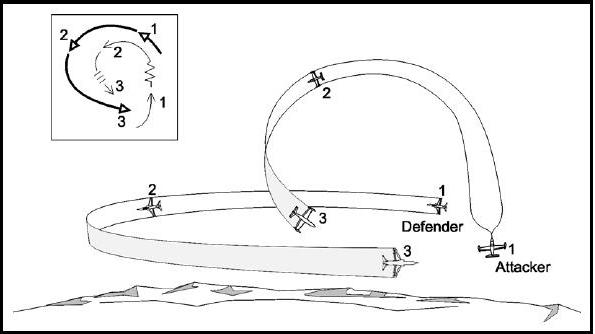
This changes the angles and moves the two aircraft into different planes and you will eventually cross them getting the opportunity to shoot. This is a high or a low YO YO.
Problem Solving in Battle.
Let’s take a look at angles and solving them. There are a lot of maneuvers from the break turn which is a maximum rate turn used to throw off an attacker to a YoYo maneuver to change the spacing of two jets. Studying maneuvers from loops to barrel rolls for example that form a rolling scissors is important so practice them and in training try to use them.
You will soon see them appear in your flying,allowing,you to control your position relative to your opponent. Think multidimensional and not just up and across. A subtle climb while turning can form a gentle YO YO moving you relative to the opponent and may not be perceived by them. You just can’t fly till you get shot!
If someone is stuck to your six o’clock you cannot continue to fly in circles! At any random moment change your plane of motion and pull hard on the stick! Then having lost speed your opponent may have been caught unawares and overshot giving you a chance to fight or escape.
Wrap Up.
I hope the advice above helps you become a better DCS/BMS dogfighter and help,you,win more engagements.
Dogfights are fluid affairs with the merge dictating the initial opportunity to end the battle fast. If your defensive you,have to keep maneuvering in all directions and try everything you have in your pilots toolkit to survive. This is why getting the merge right will give you,the upper hand.
Author:
Brendon McAliece, (Aka Gunnie) is a military veteran with 23 years working on Jet Fighters, their weapons systems and ejection seat/module systems as well as munitions and R&D. Involved with flight simulation since the 1980s he has flown all the major flight simulators over the years.
He is an Australian expat who has lived in Malaysia, UK, Saudi Arabia and more recently Thailand. He is a multi lingual blogger who loves to share his life experiences here on www.LetsFlyVFR.com and www.DreamingGuitar.com, his lifestyle and Travel experiences Blog.
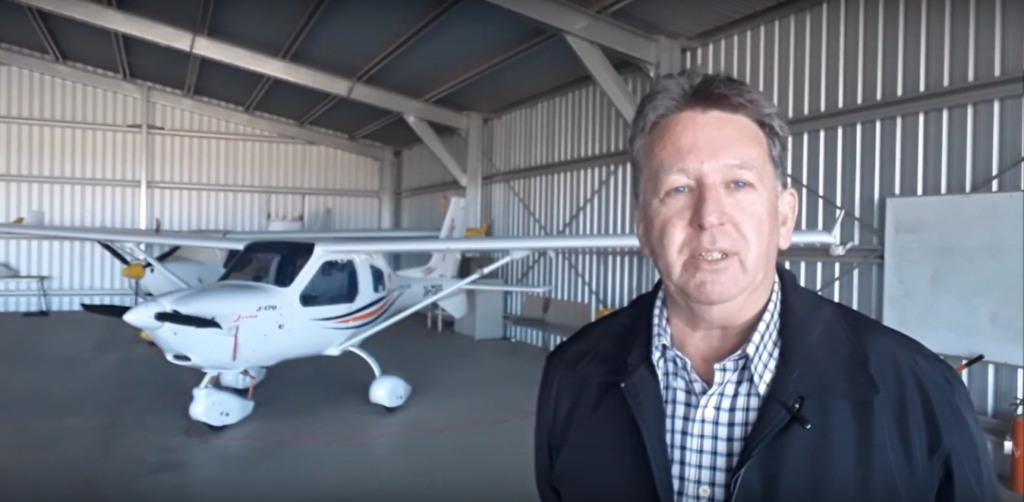
Learn More @ DreamingGuitar.com – DreamingCoffee.com – LetsFlyVFR.com
As an AMAZON affiliate I may earn on qualifying sales.

